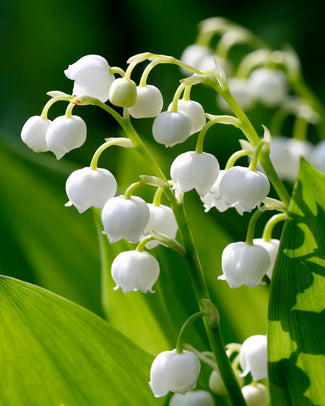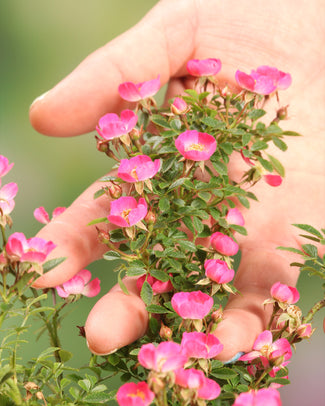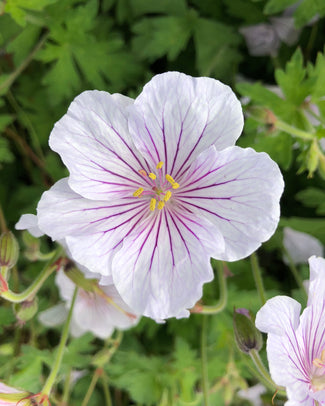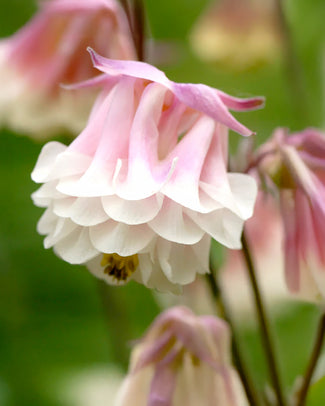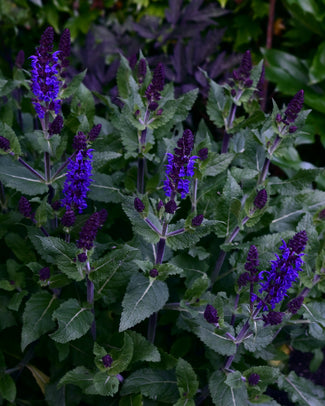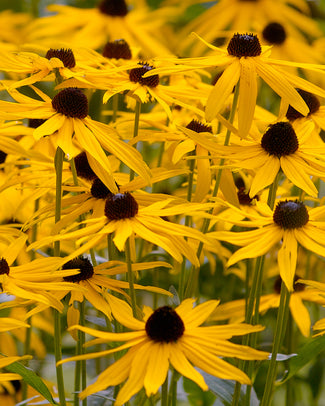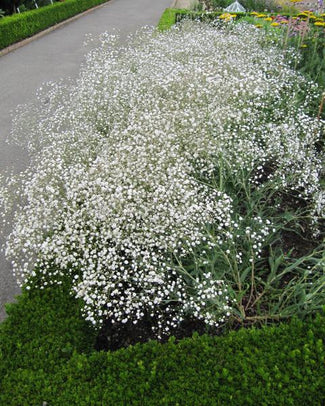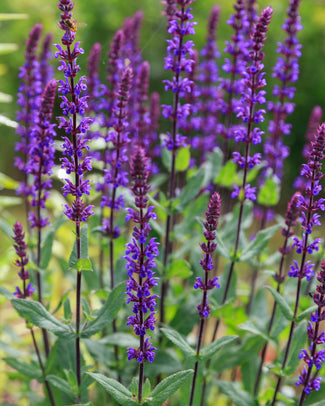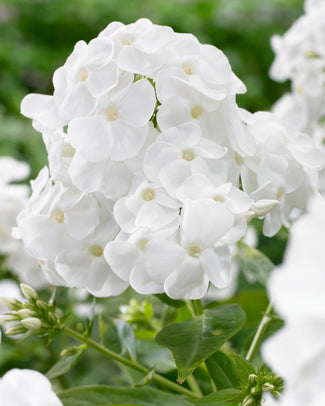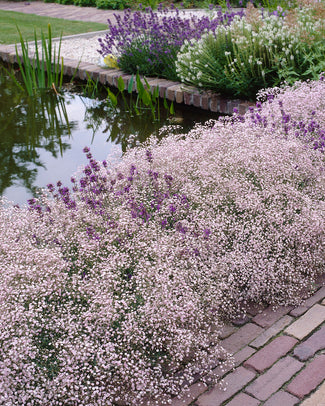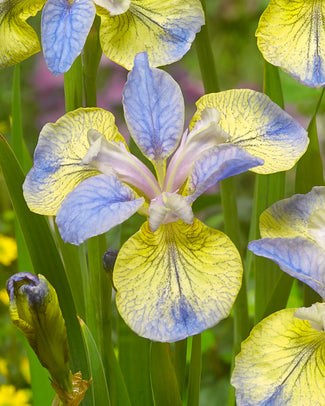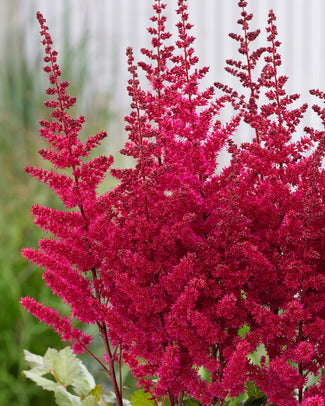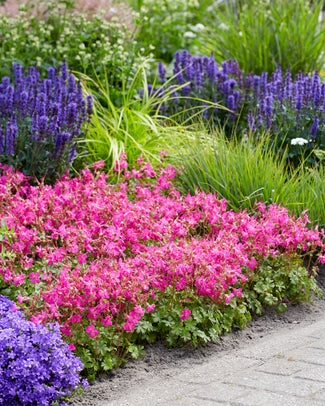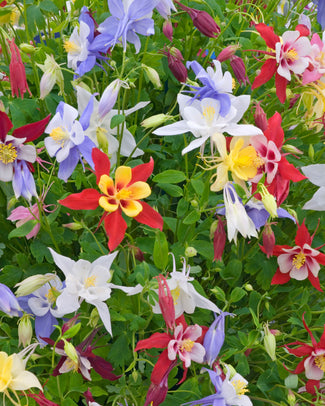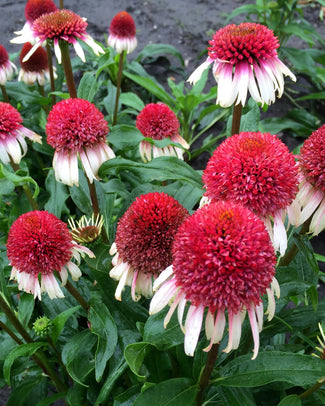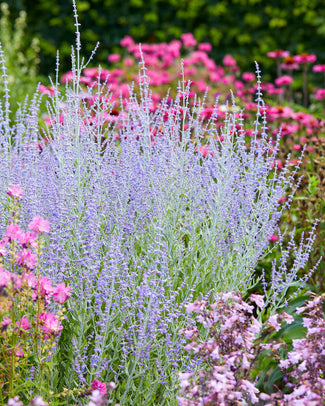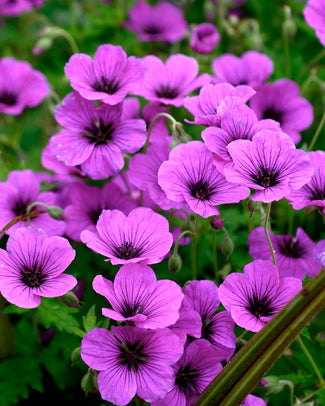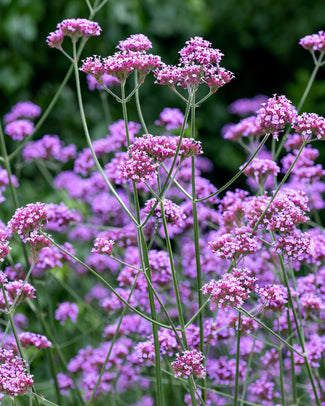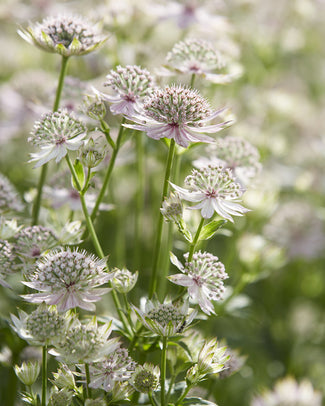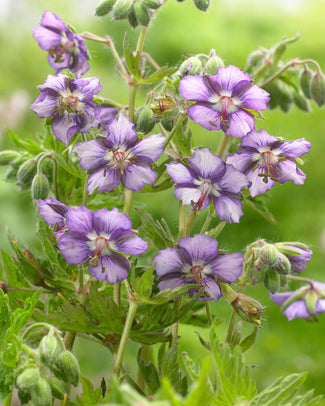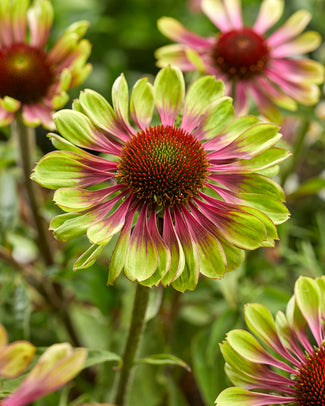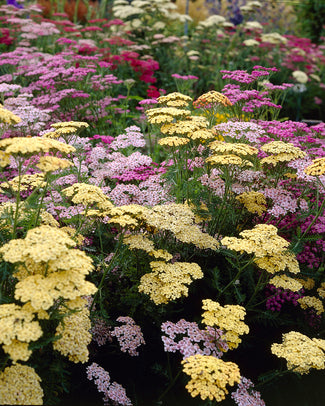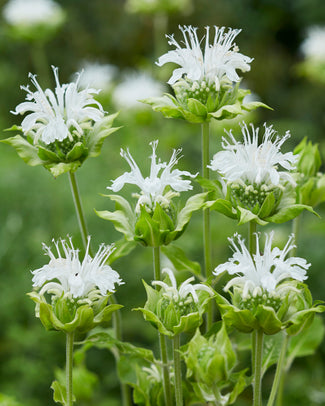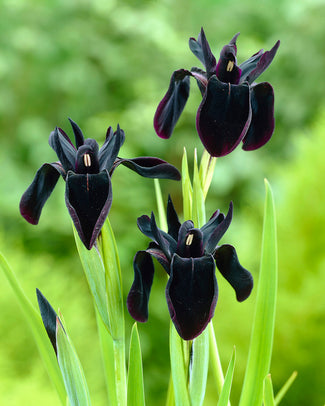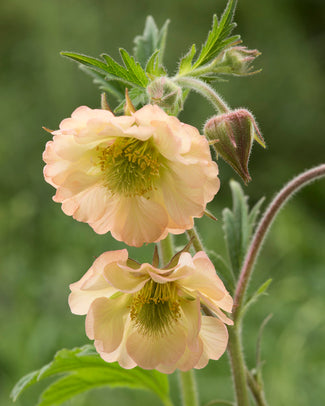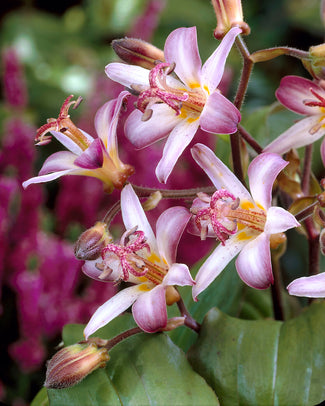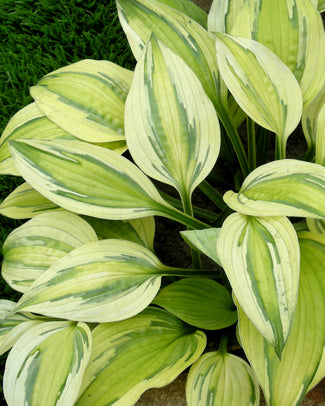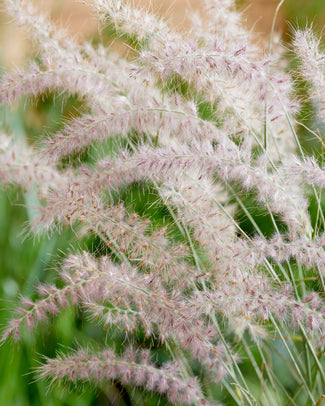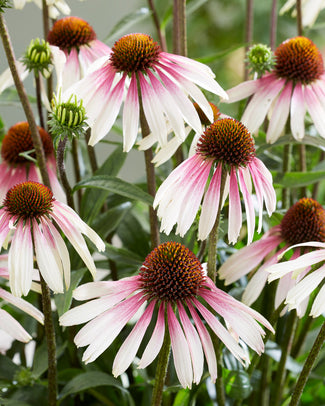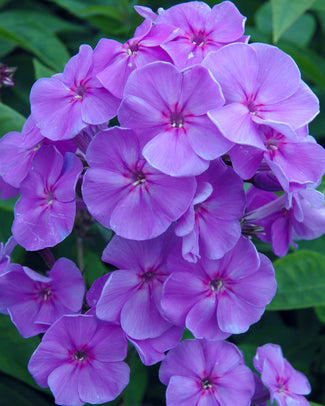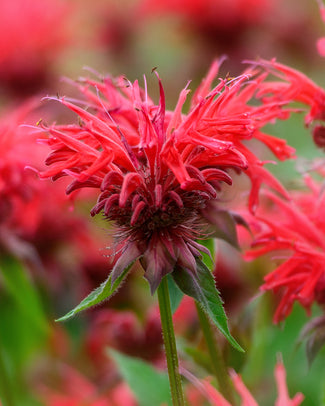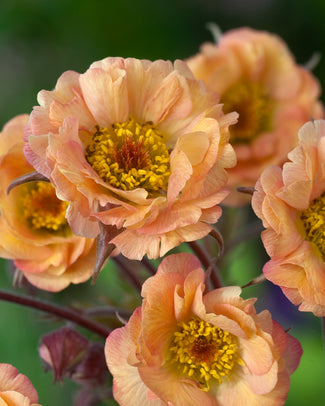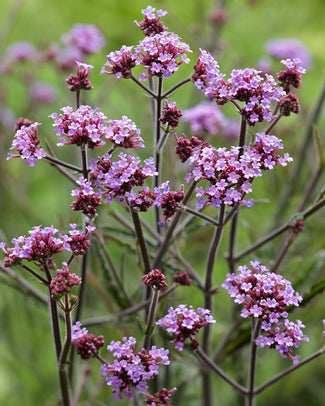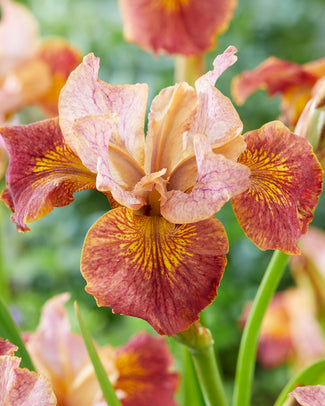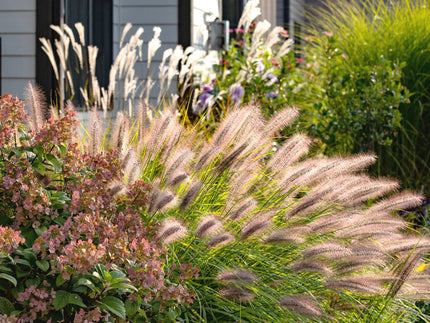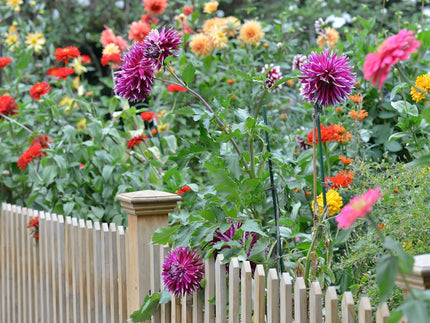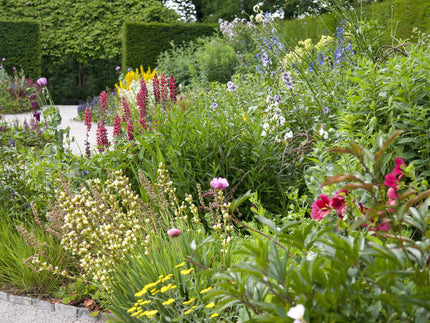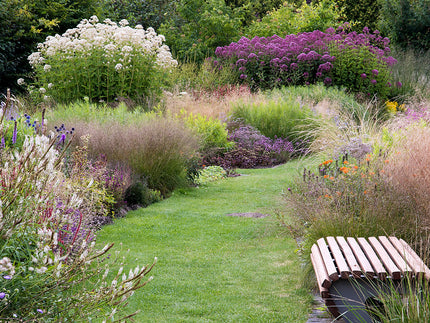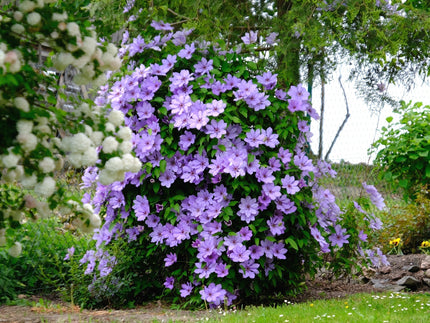How to plant Cornus
Commonly known as Dogwood, this is a varied genus of deciduous shrubs are grown for their flowers, foliage or brightly coloured winter stems. They’re low maintenance and provide a long season of interest. Cornus need sun or partial shade in a position with fertile well drained soil. Cornus are frequently added to winter borders in large groups, alongside early bulbs to create a vibrant display. Although they have the potential to grow into medium to large-sized shrubs, they are easily pruned to size and can be grown in pots for an interesting winter composition.
How to plant
- Plant Cornus bare roots in spring between February and May, ideally within a week of delivery.
- Soak the roots in water for 3-6 hours prior to planting. Prepare a hole large enough to accommodate the roots so that they will be fully submerged after planting. Any top growth, including stems and branches should remain above the soil surface after planting. Ensure the hole is the correct depth so that the soil is level with the point at which the roots meet the stem.
- Improve the initial growing conditions by digging in some organic matter like compost or leaf mould to the planting hole, this soft texture will help the roots to settle in and grow.
- When the shrub is in place, backfill the hole and firm down. Water thoroughly to settle the soil around the roots and hydrate the plant.
- They can also be potted into temporary pots with multipurpose compost and grown on prior to planting out, which is recommended if the soil in your garden is poor. If potting up first, choose a temporary pot which comfortably fits the roots but is not too large, then grow them on in a sheltered spot outside. They can be transplanted into suitable growing positions after 2-4 months or once growth is established and the plant easily comes out of the pot with the soil held intact in a root ball.
- When planting into the garden, choose a position in full sun or partial shade. Cornus prefers a moist but well-drained soil. Dogwoods will not thrive in excessively dry soil and flowering/colouration may be affected if in deep shade.
- As with all new plants, check them regularly while they’re settling in for pest damage and remove any excess growth from neighbouring plants to reduce competition.
- This shrub is deciduous and will lose its leaves in autumn. It is fully hardy and does not require winter protection.
- Water when planted and for the first year while the plant establishes. Once established, watering should only be necessary in particularly dry spells.
Aftercare
- Enjoy the colourful stems through winter and then cut back at least half of the oldest/dullest stems or all of the stems in early spring, right down to 10cm above the soil surface.
- This shrub benefits from a light clip after flowering to maintain a neat and attractive shape.
- Mulch birders each winter/early spring to improve soil quality and help shrubs like Cornus to thrive.
































































































































































































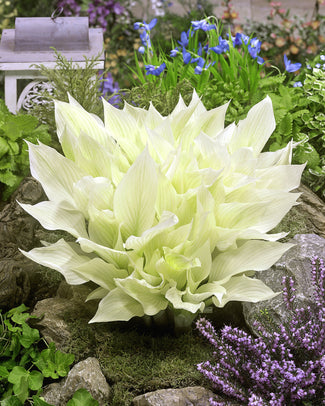
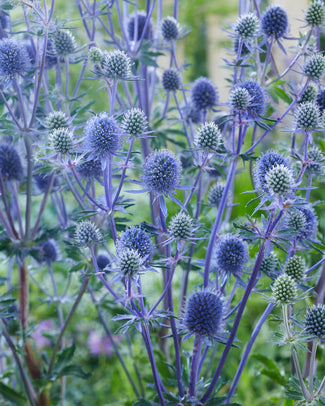
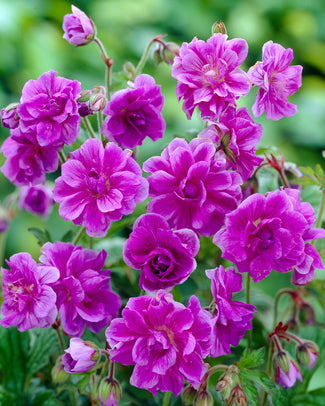
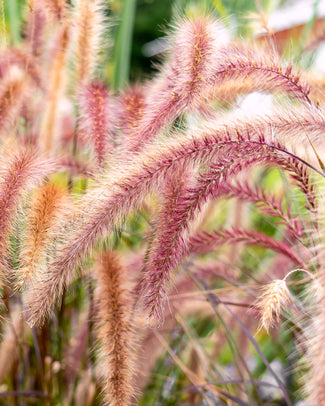
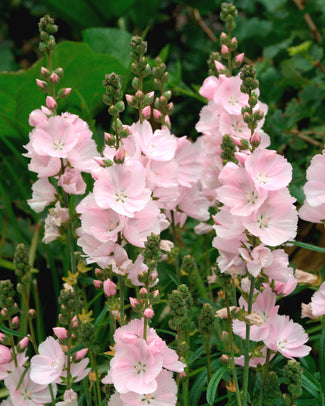
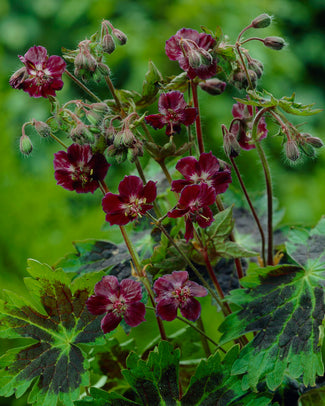
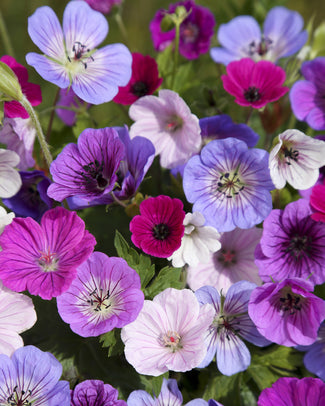
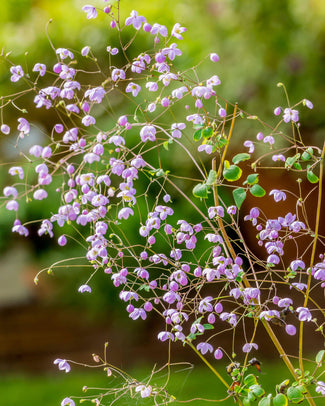
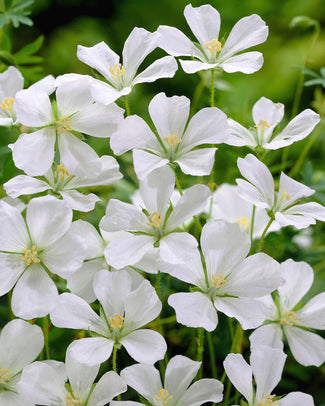
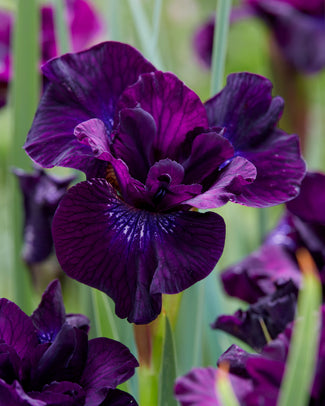
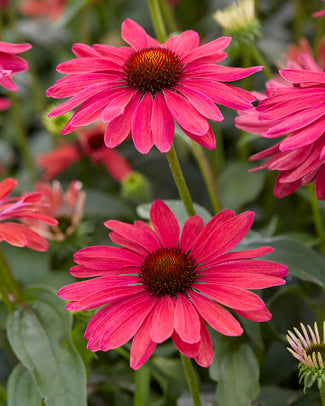
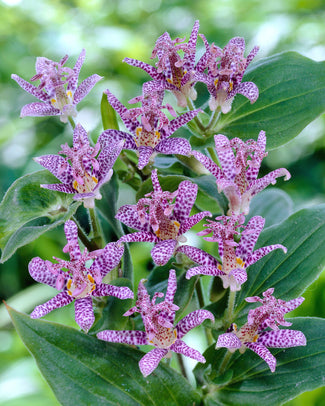
![Agapanthus 'Black Buddhist' []](http://www.farmergracy.co.uk/cdn/shop/products/agapanthus-black-buddhist-1_325x.jpg?v=1575625838)
